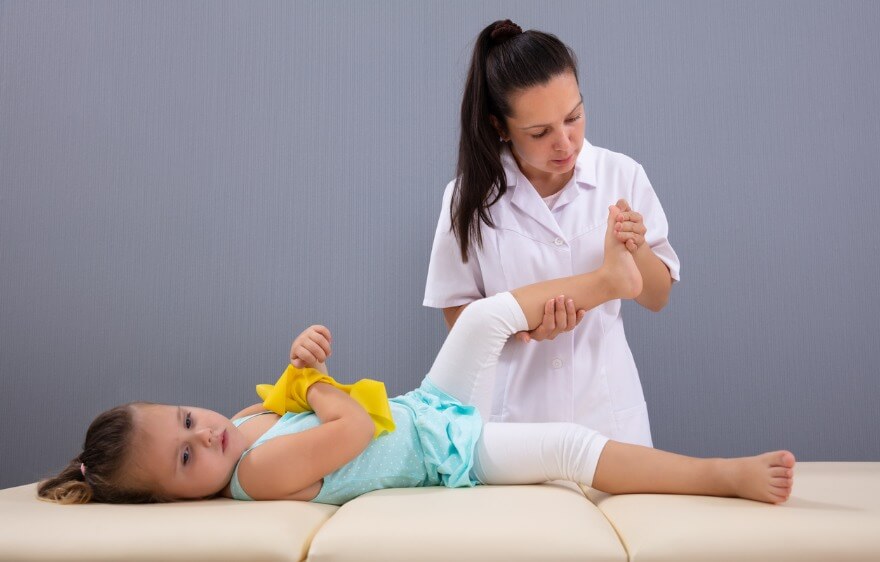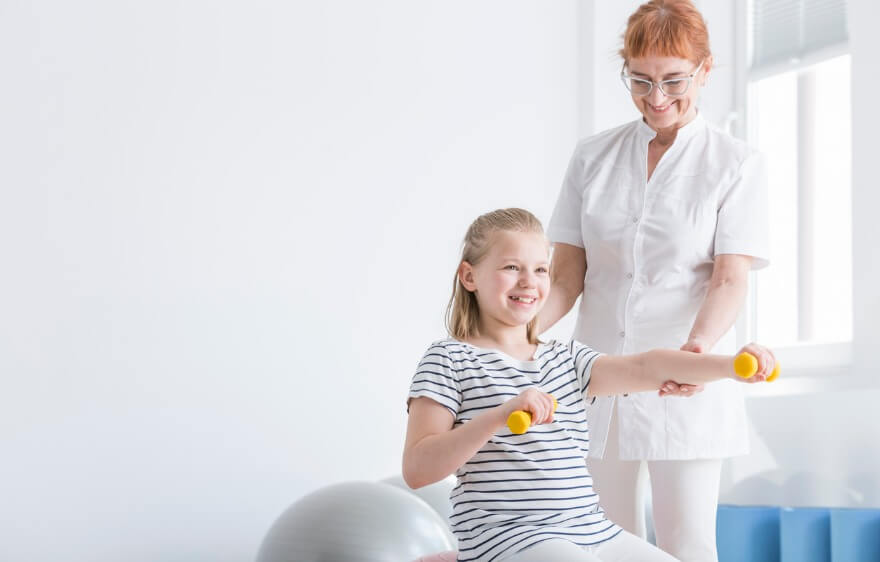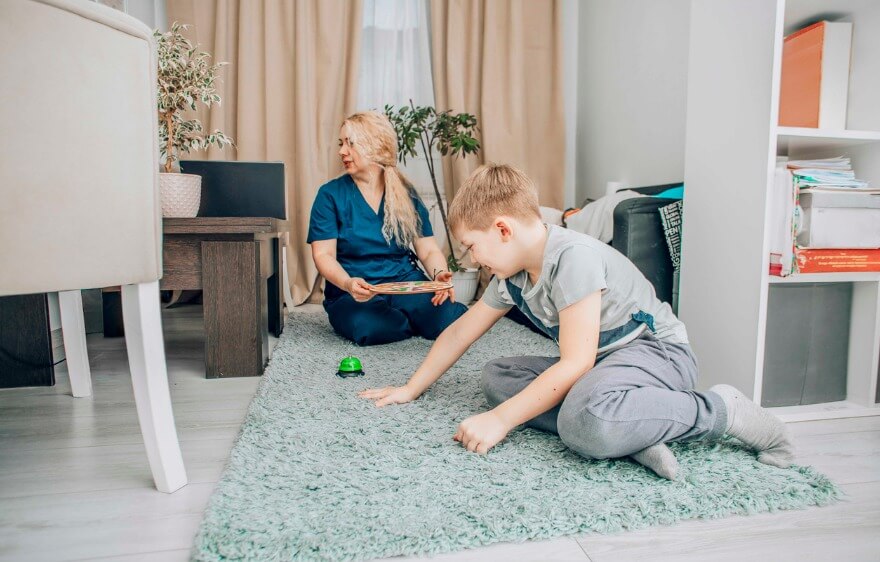There are times when our groupings of students seem ideal. The students involved may all be from the same class or grade, their temperament and personalities may match well, or they may all be working at the same skill level or have a common goal. Other times, one or more of these luxuries are sacrificed to make our schedules work. But don’t give up! We can do things to ensure that student’s individual goals are targeted, even in a mixed group.
3 Tips For Groups With Varied Goals
All too often, due to scheduling or other constraints, we end up with a group of students who have mixed goals – some artic and the others language, some receptive and others expressive, or just goals targeting different specific skills. The challenge comes in how to address every child’s goal in the same session, how to make sure that the instruction each child receives is individualized and targeted to their goals, and that their time is worthwhile and well-spent.
1. Make sure you – and the students – know what the goals are
Students’ goals, or a short summary of them, should be documented in a place where they can be visible in front of you while you are working with students. This facilitates meaningful data collection and allows you to steer activities toward an individual student’s goals. All students should know what they are working on, even if it’s just a piece of the greater goal or worded in simplified terms. For example, “We’re going to read this snow story today. I want Joey to listen for words with the /k/ sound, and Becky, you’re going to use the word “because” to talk about why things are happening.”
2. Use routines to limit what you – and your students – need to think about
Most speech/language skills are acquired through extensive practice, and students on IEPs (requiring specially designed instruction) need even more repetition and practice! We often move on to another activity or topic sooner than necessary. Using the same materials or the same activities for multiple sessions not only reduces planning time, but when students already understand what is expected of them, they can focus more on the speech/language skill and less on figuring out the activity. For example, “Remember, last week Charlotte asked Where? questions, Nina answered in complete sentences, and Carlos came up with three describing words. This week, everyone has the same jobs, but we’re going to use this picture from your reading book.” OR… “Last week we used Silly Sally for Edward to practice his /s/ sounds and for Jill to practice using -ed to talk about the past, and for Jordan to practice taking turns. Can you remember the book and what we talked about?”
3. Use materials from students’ experience or classroom curriculum
Don’t underestimate the power of asking kids how their day is going, what they’re working on in class, or what they did over the weekend. Not only do you gain insight into their lives and priorities, but if you can weave their speech and language goals into the conversation, you have set up an opportunity for them to practice and generalize the skills! For example, “Wow, you’re going to the zoo this weekend? Let’s see how many animals you can name?” or “Will you use your /r/ sound in the names of any of the animals you’ll see?” or “Ask the other kids in our group about their last trip to the zoo.”
SLPAs and paraprofessionals should always operate within the scope defined by state and national licensing organizations and should only conduct allowable tasks under the supervision of a speech-language pathologist.





